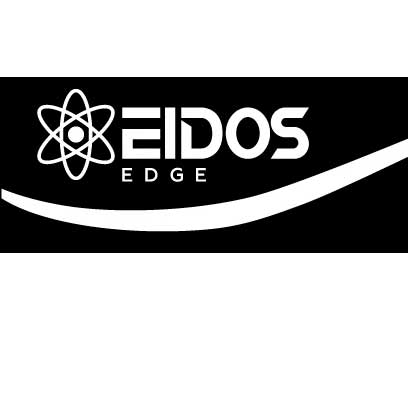
The Feedback Loop: Using Data to Refine Your Approach
The Feedback Loop: Using Data to Refine Your Approach
In today's dynamic landscape, standing still is akin to falling behind. Whether you're leading a team, launching a product, or pursuing a personal goal, the path to success isn't a straight line. It's a journey of continuous learning and adaptation, powered by a crucial engine: the feedback loop.
At its core, a feedback loop is a cyclical process where the outputs of a system are used as inputs to modify or control that same system. Think of a thermostat regulating room temperature – it measures the current temperature (output), compares it to the desired temperature, and then adjusts the heating or cooling system (input) accordingly.
In the realm of business and personal development, data acts as the vital information flowing through this loop. By strategically collecting and analyzing data, you gain invaluable insights into the effectiveness of your current strategies. This data can take many forms, from sales figures and customer surveys to website analytics and performance reviews.
Why is this feedback loop so critical?
Uncover Hidden Insights: Data can reveal patterns and trends you might otherwise miss. Are certain marketing campaigns underperforming? Are customers encountering specific roadblocks in your product? Data illuminates these areas, allowing you to pinpoint problems and opportunities.
Validate Assumptions: We all operate with certain assumptions. Data provides an objective lens to test these assumptions. Is your target audience responding as you expected? Is your pricing strategy aligned with market demand? Data-driven feedback helps you ground your decisions in reality.
Drive Continuous Improvement: The feedback loop isn't about simply identifying problems; it's about using those insights to make meaningful adjustments. By iteratively refining your approach based on data, you move closer to your desired outcomes. This fosters a culture of continuous improvement and innovation.
Optimize Resource Allocation: Understanding what's working and what isn't allows you to allocate your resources more effectively. Instead of pouring time and money into underperforming areas, you can focus on strategies that yield the best results.
Enhance Decision-Making: Gut feelings and intuition have their place, but data-backed decisions are generally more robust and reliable. The feedback loop provides the evidence you need to make informed choices and mitigate risks.
Implementing Your Own Feedback Loop
Creating an effective feedback loop involves several key steps:
Identify Key Metrics: Determine the data points that are most relevant to your goals. What indicators will tell you if you're on the right track?
Establish Collection Mechanisms: Set up systems to gather this data consistently and accurately. This might involve implementing tracking tools, conducting surveys, or establishing regular reporting processes.
Analyze and Interpret the Data: Don't just collect data; make sense of it. Look for trends, correlations, and anomalies. What story does the data tell?
Develop Actionable Insights: Translate your analysis into concrete steps for improvement. What changes do you need to make to your strategies or processes?
Implement and Monitor: Put your changes into action and continue to monitor the relevant metrics. This restarts the feedback loop, allowing you to assess the impact of your adjustments.
Ready to Leverage the Power of the Feedback Loop?
Understanding and implementing a robust feedback loop can be a game-changer for your business or personal endeavors. At Eidos Edge, we specialize in helping you harness the power of data to gain meaningful insights and refine your approach for optimal results.
Want to learn how we can help you build a powerful feedback loop tailored to your unique needs?
Book a call with the Eidos Edge today and let's explore how data-driven strategies can propel you towards your goals.
Click here to schedule a free consultation call with Eidos Edge.
